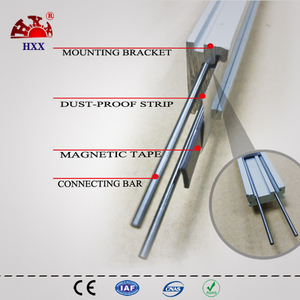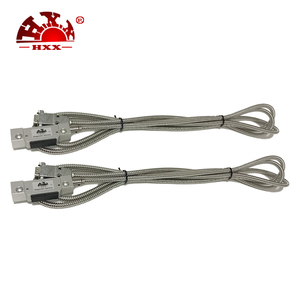
All categories
Featured selections
Trade Assurance
Buyer Central
Help Center
Get the app
Become a supplier

(4289 products available)













The CNC tool measurement is a critical process in the manufacturing industry. It involves the use of CMM machines to determine the precise dimensions of tools and components used in CNC machining. The process is essential for ensuring the accuracy and quality of machined parts. Manufacturers can use various methods to measure CNC tools, including touch probes, laser scanners, and vision systems. The choice of measurement method depends on factors such as the complexity of the tool geometry, the material being measured, and the required measurement accuracy.
Accurate tool measurement is crucial for maintaining the quality and consistency of machined parts. In CNC machining, even small deviations in tool dimensions can result in significant errors in the finished part. Therefore, regular measurement and calibration of CNC tools are essential to ensure that they meet the required specifications. Additionally, precise tool measurement allows manufacturers to identify and correct tool wear or damage, extending the tool's lifespan and reducing the likelihood of costly errors and rework. Overall, CNC tool measurement is a fundamental aspect of quality control in the manufacturing process, contributing to the production of accurate and high-quality machined components.
The CNC tool measurement process involves the use of specialized equipment, such as a CNC CMM machine and various measuring tools, to determine the exact dimensions of cutting tools and other components used in CNC machining. One common method of CNC tool measurement is the use of touch probes, which are mounted on the CNC machine and can be automatically positioned to touch specific points on the tool. The machine then records the probe's position, allowing the tool's dimensions to be calculated with high precision. Another method used in CNC tool measurement is the use of laser scanners, which can quickly capture the tool's surface profile and generate a 3D model for dimensional analysis. Vision systems, equipped with cameras and software, can also be used to measure the tool's features based on images captured during the machining process.
After the tool is measured, the data is typically compared to a CAD model or predefined specifications to determine if the tool is within the acceptable tolerance range. If any deviations are found, adjustments can be made to the tool or the CNC machine's program to ensure the desired accuracy. It is important to note that CNC tool measurement is not a one-time process. Regular monitoring and calibration of the cutting tools are essential to prevent errors and ensure consistent part quality. Additionally, advancements in technology, such as the integration of CNC measuring equipment and software, have made the tool measurement process more efficient and accurate.
The future of CNC tool measurement is closely tied to the ongoing advancements in technology and the growing demand for high-precision machining. As manufacturing processes become increasingly automated and integrated, the need for more advanced and intelligent CNC tool measurement solutions will continue to rise. The integration of CNC measuring tools within the machining environment, such as in-process measurement and closed-loop control systems, will enable real-time monitoring and adjustment of tool dimensions during the machining process. This proactive approach to tool measurement can help manufacturers identify and address issues before they impact part quality, leading to improved efficiency and reduced scrap. Additionally, the ongoing development of digital twin technology, where a virtual model of the machining environment is created and updated in real time, will further enhance the capabilities of CNC tool measurement. By combining real-time data from CNC machines, sensors, and CNC CMM machines, manufacturers can create a comprehensive digital representation of the entire machining process, allowing for advanced simulations, optimization, and predictive maintenance.